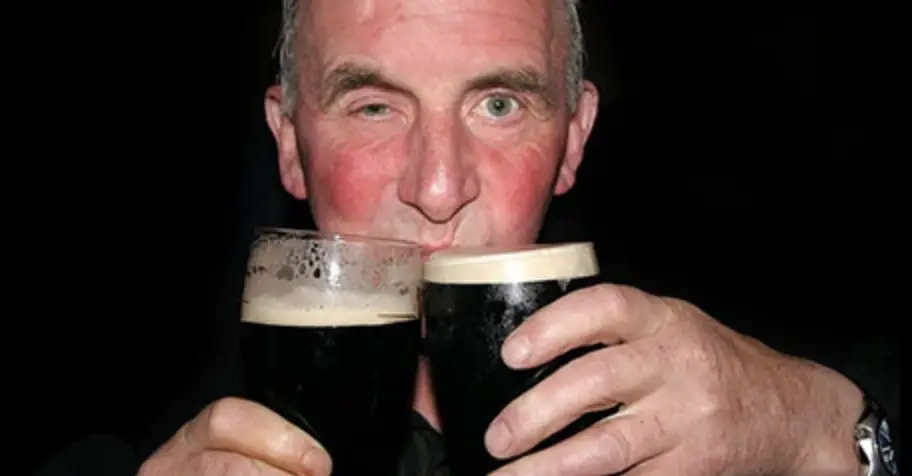
Blushing Explained: Why Does Your Face Get Red When You Drink?
Have you ever noticed your cheeks turning rosy after enjoying a few sips of alcohol? If so, you’re not alone. The phenomenon of facial flushing, commonly referred to as the “Asian flush” or “alcohol flush reaction,” is a puzzling and sometimes embarrassing occurrence for many individuals. In this blog post, we’ll delve into the science behind why your face gets red when you drink and explore the factors that contribute to this reaction.
Understanding Facial Flushing:
The redness that occurs when you drink alcohol is primarily attributed to the dilation of blood vessels in your face. This response is triggered by a combination of genetic, physiological, and biochemical factors, all of which contribute to the alcohol flush reaction.
Genetic Predisposition:
A significant factor in experiencing facial flushing is genetics. The genes responsible for metabolizing alcohol can influence the way your body processes it. Certain genetic variants, particularly among people of East Asian descent, are more likely to result in a heightened sensitivity to alcohol. This can lead to a faster buildup of acetaldehyde, a toxic byproduct of alcohol metabolism.
Metabolism of Acetaldehyde:
When you consume alcohol, your body metabolizes it into acetaldehyde, a compound that can have various effects on your body, including dilating blood vessels. In individuals who experience the alcohol flush reaction, their bodies struggle to process acetaldehyde efficiently, causing it to accumulate in the bloodstream. This accumulation triggers the dilation of blood vessels, leading to the characteristic redness in the face and neck.
Other Contributing Factors:
- Enzyme Deficiency: Some individuals lack the necessary enzymes to break down acetaldehyde effectively. This deficiency can lead to more pronounced facial flushing and other uncomfortable symptoms.
- Histamine Release: Alcohol can trigger the release of histamines, which are chemicals that cause blood vessels to expand. This histamine release further contributes to facial flushing.
- Inflammatory Response: Acetaldehyde is considered a toxic substance, and its accumulation can trigger an inflammatory response. This inflammation can manifest as facial redness and other symptoms.
Minimizing the Reaction:
While it’s challenging to completely eliminate the alcohol flush reaction, there are steps you can take to minimize its effects:
- Moderation: Consuming alcohol in moderation can help reduce the severity of the facial flushing reaction.
- Choosing Beverages: Opt for beverages with lower alcohol content and avoid high-alcohol spirits.
- Hydration: Staying hydrated while drinking can help mitigate the effects of facial flushing.
- Antihistamines: Some individuals find relief by taking antihistamines before consuming alcohol, although this is not a guaranteed solution.
In Conclusion:
The redness that occurs in your face when you drink is a complex interplay of genetics, metabolism, and biochemical reactions. Understanding why your face gets red can help you make informed choices about alcohol consumption and ensure that you’re taking care of your body. If you experience severe discomfort or adverse reactions to alcohol, it’s always a good idea to consult a healthcare professional to discuss your symptoms and determine the best course of action.






